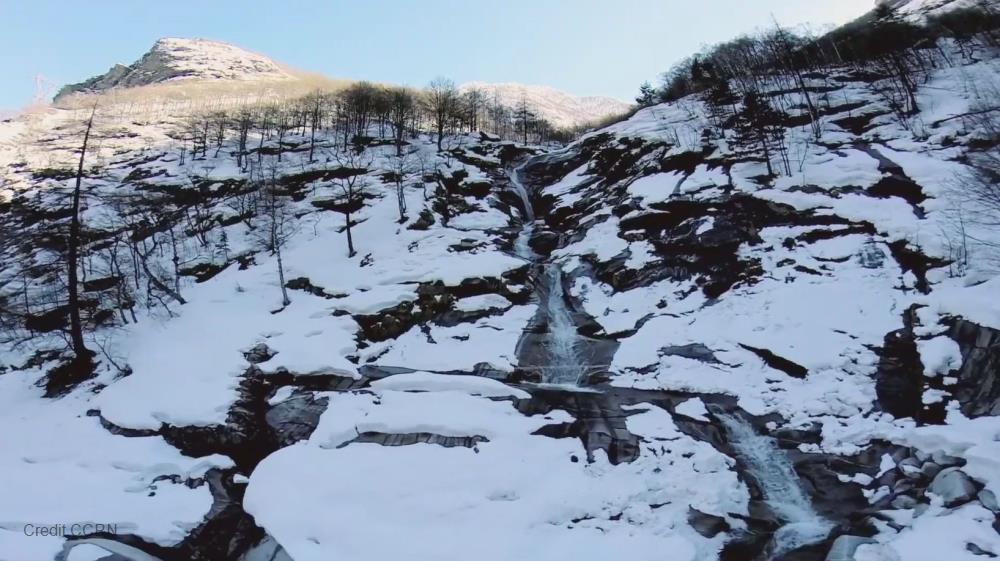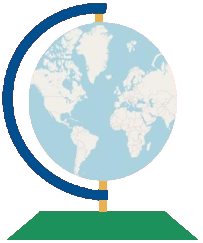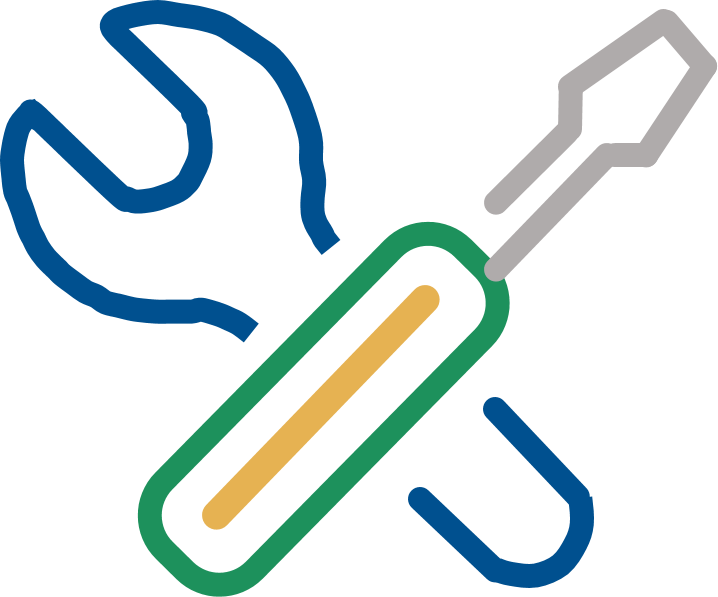
Related items loading ...
Section 1: Publication
Publication Type
Conference Poster
Authorship
Betancourt Daniel, Hanesiak John, Brimelow Julian, Li Yanping, Li Zhenhua, Liu George
Title
Seasonal and Spatial Changes in Hail Frequency and Associated Thermodynamic Mechanisms in WRF-HAILCAST Simulations
Year
2022
Publication Outlet
AOSM2022
DOI
ISBN
ISSN
Citation
Daniel Betancourt, John Hanesiak, Julian Brimelow, Yanping Li, Zhenhua Li, George Liu (2022). Seasonal and Spatial Changes in Hail Frequency and Associated Thermodynamic Mechanisms in WRF-HAILCAST Simulations. Proceedings of the GWF Annual Open Science Meeting, May 16-18, 2022.
Abstract
Hail is a destructive severe weather phenomena that can cause considerable damage to property and agricultural crops. It is therefore important to understand current patterns in the occurrence of severe hail, and how these may shift in the future due to anthropogenic warming. In this study, a coupled cloud-hail and hail-growth model (HAILCAST) was forced with high resolution (4 km) convective-permitting Weather Research and Forecasting (WRF) model output in a control (CTRL) simulation and Pseudo-Global Warming (PGW) scenario for the period 2000-2013 over the Northern Plains and Canadian Prairies. The PGW approach involves applying future climate perturbations derived from CMIP5 to the lateral and initial boundary conditions (ERA-Interim) of the WRF-CTRL simulation [Liu et al., Climate Dyn., 49, 71-95 (2017)]. As such, it allows for an evaluation of thermodynamic drivers on the changes in occurrence of severe weather parameters including hail. Competing processes – greater moisture and instability on one hand, and higher temperatures aloft (leading to increased thermodynamic capping) result in considerable heterogeneity in terms of hail increases versus decreases across the region. Additionally, these different scenarios appear to be organized spatially and seasonally - with increases in hail frequency outpacing decreases during the shoulder seasons, and the opposite during the late summer. Thermodynamic driving mechanisms are examined.
Plain Language Summary
Section 2: Additional Information
Program Affiliations
Project Affiliations
Submitters
|
Daniel Betancourt | Submitter/Presenter | umbetanc@myumanitoba.ca | University of Manitoba, Department of Environment and Geography, Centre for Earth Observation Science |
Publication Stage
N/A
Theme
Hydrometeorology, Atmosphere and Extremes
Presentation Format
poster presentation
Additional Information
AOSM2022 Climate-related precipitation extremes; Pillar 3 First Author: Daniel Betancourt, University of Manitoba, Department of Environment and Geography, Centre for Earth Observation Science Additional Authors: John Hanesiak, University of Manitoba, Department of Environment and Geography, Centre for Earth Observation Science, Julian Brimelow, Meteorological Service of Canada, Environment and Climate Change Canada, Yanping Li, University of Saskatchewan, Zhenhua Li, University of Saskatchewan, George Liu, University of Manitoba, Department of Environment and Geography


 GWFNet
GWFNet Master
Master Data
Data Research
Research Map
Map
 Advanced
Advanced Tools
Tools
 . . .
. . .
 Metadata Editor
Metadata Editor
 Record List
Record List
 Alias List Editor
Alias List Editor
 Legacy sites
Legacy sites